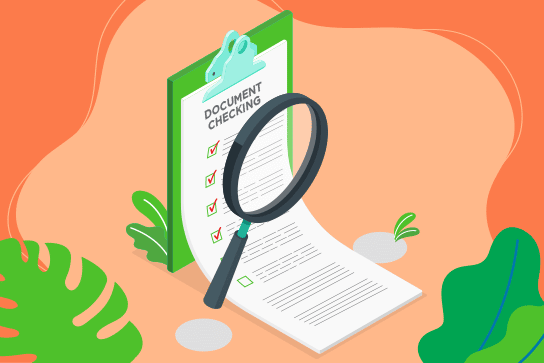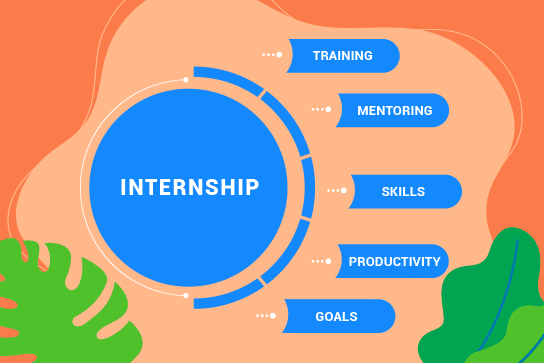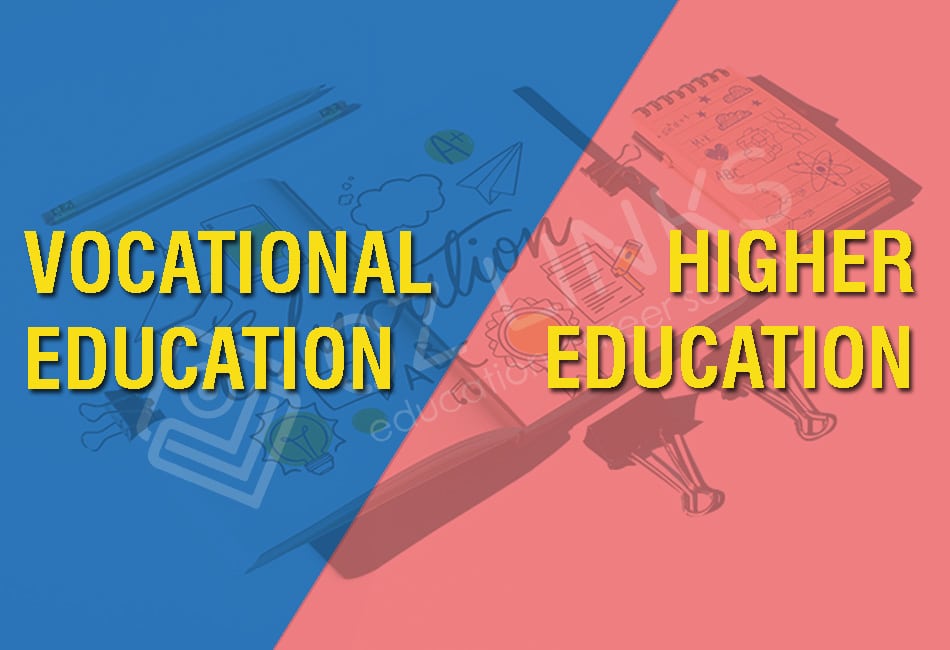The Australian Qualifications Framework (AQF) distinguishes the Australian education system from many other countries. The AQF was established in 1995 and is a national policy that covers qualifications from the tertiary education sector Higher Education and Vocational Education and Training (VET).
The AQF has 10 levels of vocational and university education qualifications into one national system. This allows you to move easily from one level of study to the next and from one institution to another, as long as you satisfy student visa requirements. It allows for choice and flexibility in career planning. All qualifications in the AQF help prepare you for both further study and your working life.
Australia institutions are linked across the country and across the world, which makes it easy to move throughout the education system between courses or institutions and formal agreement and recognition frameworks mean every step of the path will contribute to your future no matter what your study or career goals.
Higher Education
Australia’s higher education system is made up of universities and other institutions that play a critical role in fuelling innovation, driving productivity and giving students the skills they need for future success. Higher education offers hundreds of possible fields of study. It also, however, continues to require that each student pass general education courses designed to expose the mind to science, literature, history, mathematics, and other fields regardless of course of study. Higher education courses can be taken to earn an advanced degree and continue your studies in Australia. There are three main types of higher education, which lead to Bachelor, Master, and Doctoral Degrees.
In Australia, it is quite common for students to enrol in a double or combined Bachelor Degree program, which leads to the award of two Bachelor Degrees. This is most common in the fields of arts, commerce, law, and science.
Australian institutions offer a wide range of courses – from science to management and commerce, humanities to engineering, and law to health sciences. Australian institutions rank among the world’s best by discipline, particularly in engineering and technology, medicine, environmental science, and accounting and finance.
There are 43 universities in Australia (40 Australian universities, two international universities, and one private specialty university). Along with our universities, many other institutions offer higher education courses.
Entry requirements for university courses are often quite high – commonly you need to complete year 12 and may need to score high marks to get into some programs depending on the intellectual demands and competition for each course.
What is Vocational Education and Training (VET)?
VET is study and training that enables students to gain qualifications for employment; it is designed to help you get the skills you need to enter and succeed in the workplace. VET is not just for traditional trades; it encompasses hundreds of different occupations and industries including accounting, retail, hospitality, technology, and the arts.
Vocational education also emphasises hands-on, workplace style experience. Students spend more time doing supervised training with equipment and less studying theory and practice. They often benefit from having instructors who still work in the field. This gives vocational education an immediacy and applicability sometimes not found from university professors and programmes.
VET provides high-quality, nationally recognised training. The VET sector is based on strong partnerships between governments, VET institutions and industry bodies. Governments provide funding, develop policies, and provide regulation and quality assurance of the sector. Industry and employer groups contribute to training policies and priorities, and the development of qualifications to deliver skills to the workforce.
Australia’s VET sector is flexible, with multiple pathways to and from Australian Qualifications Framework (AQF) qualifications. VET can be undertaken in schools, in the workplace, and in registered training organisations. Modes of delivery include full-time, part-time, online education, distance education, apprenticeships, traineeships and through Recognition of Prior Learning (RPL).
A vocational education and training (VET) qualification is a formal certification awarded by a training provider in recognition of the successful completion of an occupational or work-related knowledge and skills-based educational program.
Vocational education offer specialised education and training but has built upon the apprenticeship model. In Australia, students can earn levels of certification. Levels I and II recognise basic proficiency in a field and may require anywhere from a few weeks to months of coursework. Students earning level III and IV certifications will usually have studied between six months to a year. Vocational students may also receive diplomas and advanced diplomas after one to two years of study.
Those receiving level III and IV certifications, as well as diplomas, can apply their learning toward higher education degrees at most universities.
There are eight types of VET qualifications:
- Certificate I
- Certificate I
- Certificate III
- Certificate IV
- Diploma
- Advanced Diploma
- Graduate Certificate
- Graduate Diploma.
All VET qualifications must be listed on the National Register.
Visit the Australian Qualifications Framework website for more information regarding VET qualifications.
Some schools and parents should be more relaxed about young people choosing vocational education. However, pointing out vocational education’s employment and earnings potential is likely to achieve more than worrying about small status differences. Talking about career choices is not always easy. To make the smarter choice, your kids need parent support.
What the New Zealand Construction Apprenticeship Advertisement
Australia Education Quality assurance
Australia has a national regulatory and quality agency for higher education – the Tertiary Education Quality and Standards Agency (TEQSA). It was established by the Australian Government to monitor quality, and regulate university and non-university higher education providers against a set of standards developed by the independent Higher Education Standards Panel.
Under the Australian Law, the Education Services for Overseas Students (ESOS) are use protect international student rights as it is below:
- The well-being of all international students.
- The quality of students’ education experience.
- The provision of up-to-date and accurate information.
Which Course Would You Like To Study In Australia?
Contact Ozlinks Education Career Services





